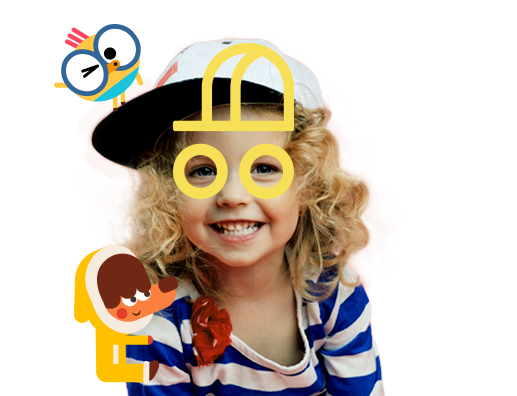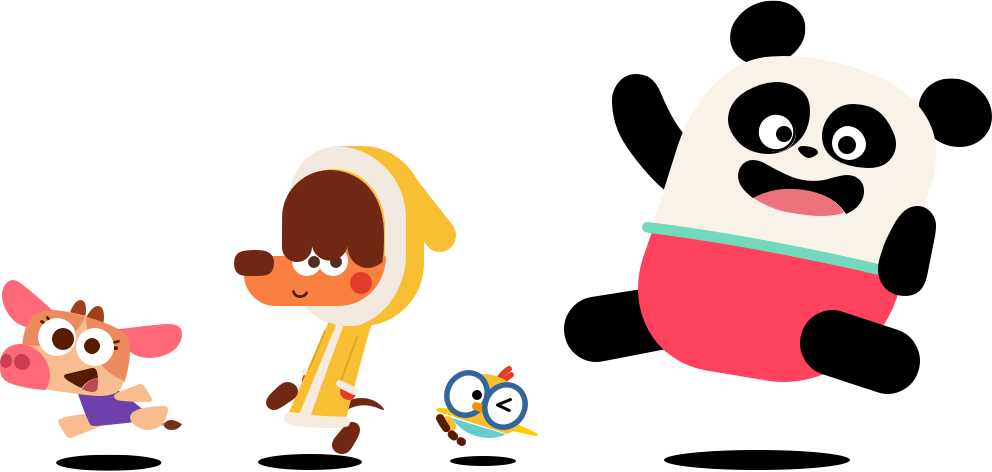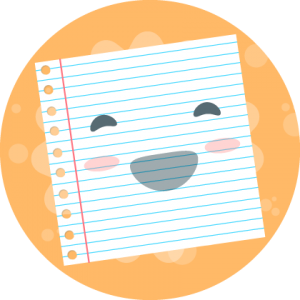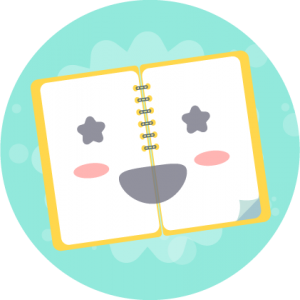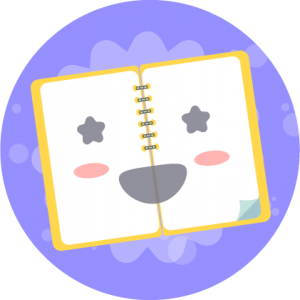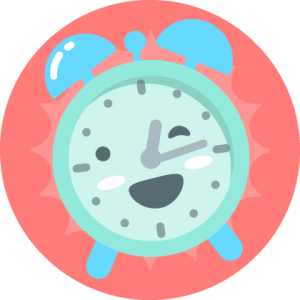Time and its transition is a valuable lesson for children’s life. As they grow up, kids start learning about how much time is required to complete an action, for example, going to school, using certain events to guide themselves -starting school, having lunch, or going home. Of course, all of these happen in a short time, but learning about the 12 months of the year will help the little ones understand more about lengthy periods of time.
One of the easiest ways to teach this topic to children is by talking about birthdays since they happen once a year. To help them understand this, it’s useful to teach them first the names of the months, this way they can learn about which month is mom’s birthday, or their own birthday! They can also learn about relevant festivities and holidays, and they can start making their own calendar of important events to follow.
However, it’s not an easy task. There is more to this topic than just learning the months and the abbreviations of the names of the months. It’s helpful to teach children also about how many days each month has, since they vary from to others, and also how seasons relate to each month.
Months names
January (Jan.)

It’s the first month of the year. January has 31 days, In the Northern Hemisphere marks the start of winter, while in the Southern the summertime is just beginning.
February (Feb.)

It’s the shortest month of the year, and it’s very special! February has 28 days usually, but every 4 years, it has got one more day to end up with 29. This extra day is called leap day.
March (Mar.)

The spring month! At least in the Northern Hemisphere. In the Southern Hemisphere, March marks the start of fall. It has 31 days.
April (Apr.)

April has 30 days. In some places in the Northern Hemisphere, it comes with lots of rain and windy weather.
May (May)

It’s the fifth month of the year, and it has 31 days. May marks the beginning of Winter on the Southern Hemisphere, and it marks the end of Spring, which lasts until June, in the Northern Hemisphere.
June (Jun.)

June has 30 days, and it’s just in the middle of the year! For the people living in the Southern Hemisphere, it comes with cold temperatures, but in the Northern region, it represents the start of summer and sunny days.
July (Jul.)

With 31 days, July is midsummer for the Northern region, and frequently associated with the start of vacations!
August (Aug.)

A cold month for the Southern region that marks the end of their Winter. August has 31 days. In the Northern Hemisphere, it’s time to go to the beach and enjoy the water.
September (Sep.)

It’s the ninth month of the year and the start of Fall in the Northern region. It also represents in many places the start of a new school year. September has 30 days.
October (Oct.)

Leaves start to fall in some places, while days get a bit warmer in others! October is the tenth month of the year, and it has 31 days.
November (Nov.)

In November, the Northern Hemisphere gets colder temperatures each day, while in the other half of the world the temperature keeps rising. It has 30 days and it’s the 11th month of the year.
December (Dec.)

December is the last month of the year. It has 31 days, and it marks the beginning of summer for the Southern Hemisphere, while in the Northern one is the start of wintertime.
Let’s Learn the Months of the Year Singing!
As you can see, months and seasons are closely related. Let’s read more about the seasons of the year and the days of the week to keep learning about this topic!
Note! Remember to always tell the little ones the months in sequence and also to teach them how to spell them!
